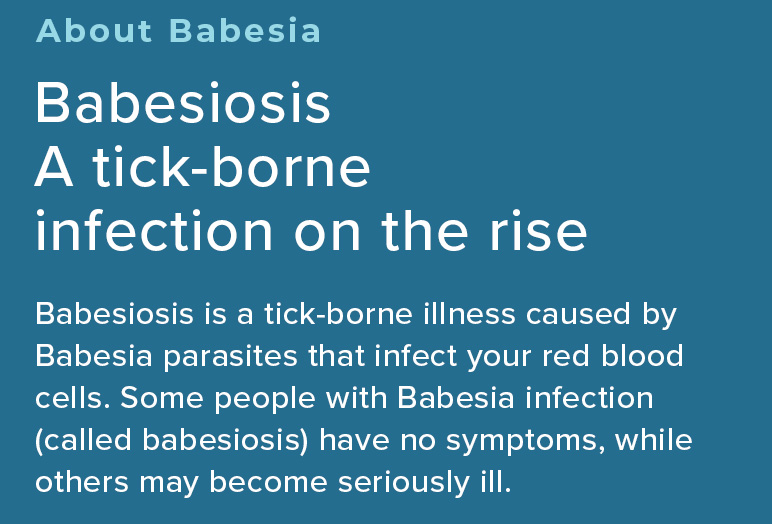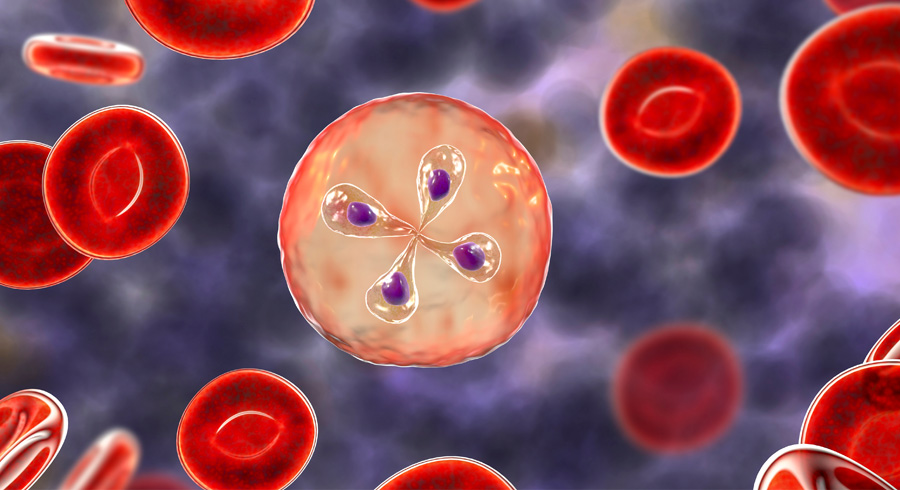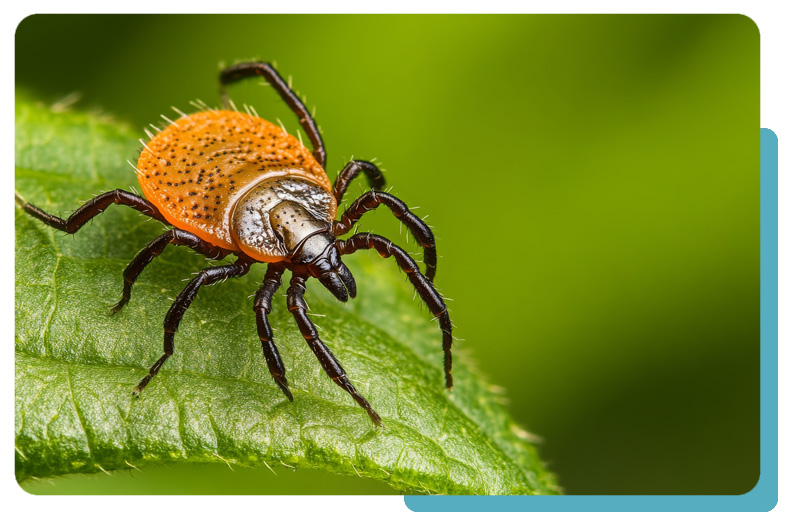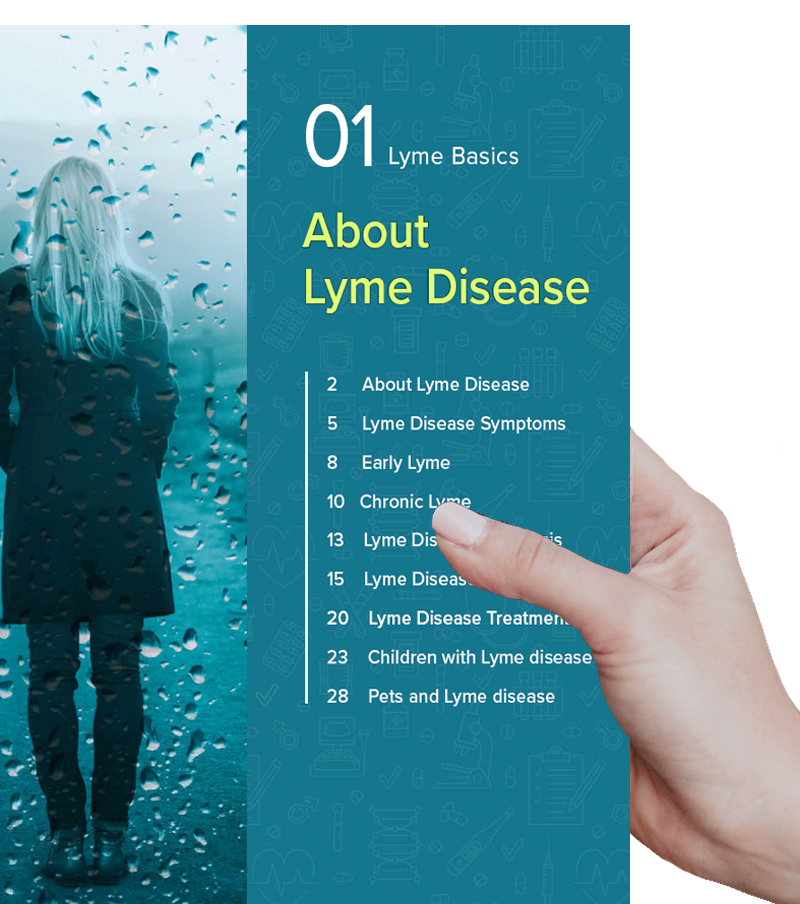


What is Babesiosis?
Babesiosis is a tick-borne disease caused by an infection with Babesia, a malaria-like parasite, also called a “piroplasm,” that infects red blood cells. While it can be mild or asymptomatic in healthy individuals, babesiosis can become severe or even life-threatening — especially in people with weakened immune systems, the elderly, or those without a spleen.
It’s sometimes referred to as the “American malaria” because the infection causes symptoms similar to malaria, including fever, chills, fatigue and anemia. But while malaria is spread by mosquitoes, Babesia is transmitted by ticks, especially the black-legged (deer) tick found in the U.S.
Although once considered rare, babesiosis is becoming increasingly common — second only to Lyme disease in many regions. As awareness and testing have improved, more cases are being identified each year. In fact, it is now considered an emerging public health threat – especially in areas where Lyme disease is already widespread.
Once mostly confined to the Northeast and upper Midwest, babesiosis is spreading rapidly and is now considered endemic in at least 10 states including Maine, Vermont, and New Hampshire, where it was once rare. Cases are also emerging in states like Pennsylvania, New Jersey, Maryland, and parts of California.
The number of babesiosis cases is skyrocketing – particularly in the Northeast. Between 2011 and 2019, Vermont saw a 1,602% rise in babesiosis cases. Maine reported a 1,422% increase and New Hampshire had a 372% increase in reported cases.1

The rise is alarming since many people with babesiosis show no symptoms and can unknowingly spread the infection through blood transfusions. And, in some people, especially those who are older or have weakened immune systems—the disease can cause severe, sometimes fatal complications.
Babesiosis is on the rise in the US

How Do You Get Babesiosis?
Babesiosis is a tick-borne disease caused by an infection with Babesia, a malaria-like parasite, also called a “piroplasm,” that infects red blood cells. While it can be mild or asymptomatic in healthy individuals, babesiosis can become severe or even life-threatening — especially in people with weakened immune systems, the elderly, or those without a spleen.
Several types of Babesia parasites can cause babesiosis. In the U.S., Babesia microti is the most common species that infects humans. Other species that can cause illness include Babesia duncani, Babesia divergens and Babesia venatorum.
While tick bites are the most common way people get babesiosis, it can also be transmitted through:
Contaminated blood transfusions (from an infected donor)
During organ transplants
From mother to fetus during pregnancy
Note: Blood donor screening for Babesia microti (one of many species) is currently required in the following states: Connecticut, Delaware, Maine, Maryland, Massachusetts, Minnesota, New Hampshire, New Jersey, New York, Pennsylvania, Rhode Island, Vermont, Virginia, Wisconsin, and Washington, DC.
References
- Swanson M, Pickrel A, Williamson J, Montgomery S. Trends in Reported Babesiosis Cases — United States, 2011–2019. MMWR Morb Mortal Wkly Rep 2023;72:273–277. DOI: http://dx.doi.org/10.15585/mmwr.mm7211a1
Take the first step towards understanding tick-borne disease with an exclusive guide to something here, all backed by world-leading science.

More Lyme Basics
Learn More
Ticks are tiny parasites that feed on the blood of their hosts (humans and animals) in order to survive and advance to the next life cycle stage. Most ticks have four stages: egg, larva, nymph and adult. The larva and nymph need a blood meal to move to the next stage. Ticks are extremely small, with the nymph the size of a pinhead.
Learn More
Learn More



